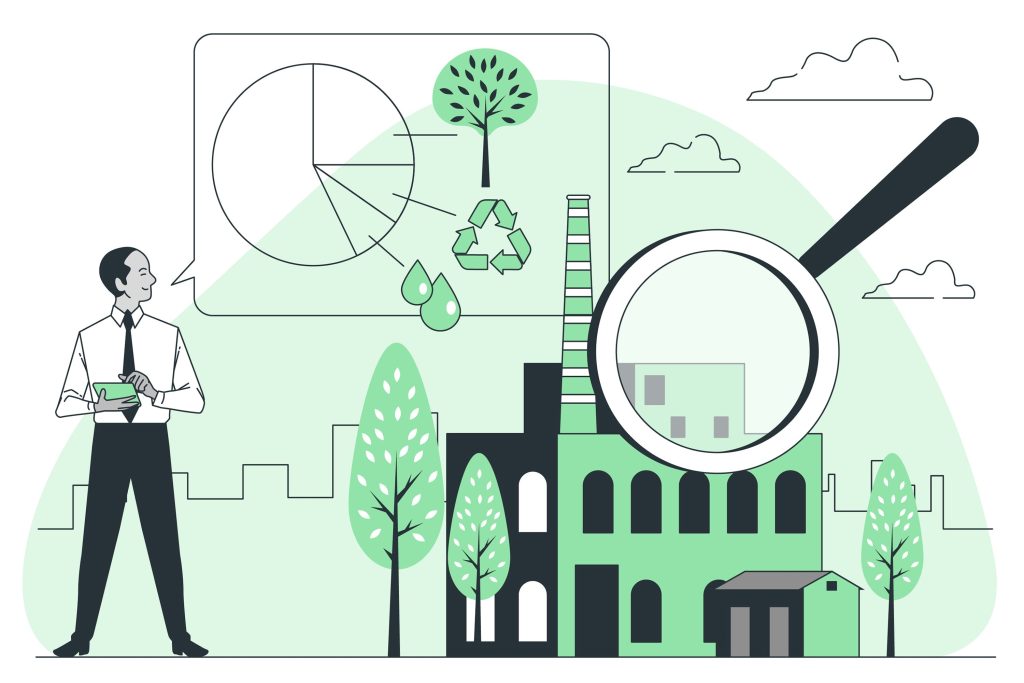The EU Action Plan on Sustainable Finance, a comprehensive framework of interconnected regulations, aims to steer capital towards a sustainable economy. Central to this initiative is the EU Sustainable Finance Disclosure Regulation (SFDR), which came into force on 10 March 2021. The SFDR is designed to enhance transparency, enabling investors to make more informed decisions about sustainable investments. By offering a clear structure, it helps investors distinguish between various financial products based on their sustainability characteristics.
Under the SFDR, financial products are categorized into three key types:
“Article 6” products incorporate ESG risk considerations into investment decisions or explain why sustainability risks are irrelevant. In addition, Article 6 products must disclose how sustainability risks are integrated into their decision-making process, along with an evaluation of how these risks may affect returns.
“Article 8” products promote social or environmental characteristics, and may include sustainable investments, though sustainability is not their core focus.
“Article 9” products have a specific sustainable investment objective. Article 8 and Article 9 products must provide detailed information on various sustainability and ESG topics.
The SFDR also includes asset-level considerations, defining investments based on their environmental and social characteristics. The regulation applies to all financial market participants in the EU and beyond, ensuring a broad and impactful reach.

The SFDR increases transparency in two significant ways. First, it deters “greenwashing,” preventing asset managers from labelling products as “sustainable” or “ESG-compliant” without providing adequate evidence. Second, it empowers investors to compare products based on the degree to which ESG factors influence investment decisions, allowing for better alignment with personal or institutional sustainability goals.SFDR disclosures are required across different documentation types – pre-contractual documents, websites, and periodic reports – depending on the classification of the product. These disclosures fall under two levels: entity-level and product-level.
Required SFDR Disclosures at Entity Level
- Sustainability risk policies: How ESG risks are identified, evaluated, and managed.
- Principal Adverse Impacts (PAI): Statements on the negative effects of investment decisions on sustainability factors, including both mandatory and voluntary indicators.
- Remuneration policies: How compensation structures align with sustainability risk integration.
Required SFDR Disclosures at Product Level
- Integration of sustainability risks: Explanation of how such risks influence returns.
- Consideration of PAI: Description of whether and how PAIs are factored into decision-making.
- Sustainability characteristics or objectives:
- Article 8 products must describe the environmental or social characteristics promoted.
- Article 9 products must detail how their sustainable objectives are pursued and monitored.
- Do No Significant Harm (DNSH) principle: Assurance that sustainable investments do not harm other environmental or social objectives.
- EU Taxonomy alignment: For products with environmental goals, disclosures must state their degree of alignment with the EU’s sustainable activities classification.
Moreover, fundamental ESG data such as greenhouse gas emissions (GHG emissions), carbon footprints, and exposure to social violations, among others, are essential under SFDR.
While not explicitly required, alternative data sources are increasingly important for achieving SFDR compliance due to three key reasons:
- Emphasis on impact: SFDR goes beyond traditional financial metrics by demanding insights into the tangible effects of investment decisions, requiring broader data inputs.
- Forward-looking analysis: Investors must assess future ESG risks, which may not be fully captured by historical disclosures alone.
- High data granularity: Detailed and layered disclosures require extensive datasets, often beyond those found in standard financial reports.
To address these needs, tools that combine both fundamental and alternative ESG data can play a transformative role. NeoImpact’s ESG Intelligence Dashboard is one such solution that supports SFDR compliance. It integrates conventional financial metrics with alternative data such as news coverage, satellite imagery, social media sentiment, patent data, and supply chain visibility. The tool can identify ESG patterns, flag controversies, and deliver real-time sustainability scores. Its interactive dashboards facilitate ESG performance tracking, peer benchmarking, and detection of potential greenwashing. This dual-source approach ensures investors gain a multidimensional view of ESG performance and make informed, sustainability-aligned investment decisions.
Looking ahead, the SFDR is undergoing a significant review, with updates expected in 2025. The anticipated changes include:
- Improved definitions: Anticipated updates will align SFDR definitions more closely with the EU Taxonomy.
- Framework alignment: Better alignment with the Corporate Sustainability Reporting Directive (CSRD) to streamline disclosures.
- Simplified templates for pre-contractual and periodic disclosures.
- Introduction of labels like “sustainable” and “transition,” akin to the UK’s SDR framework.
- A universal sustainability indicator using intuitive formats such as grades or color codes.
- Mandatory Principal Adverse Impacts (PAIs) for sustainable products to improve comparability.
In conclusion, SFDR marks a critical milestone in the evolution of sustainable finance in the EU. First, it introduces a standardized classification system for ESG investments following which it combats greenwashing through detailed disclosure requirements. Finally, it encourages a data-rich, impact-focused approach to sustainability analysis. As the regulation evolves, greater integration of both fundamental and alternative ESG data – supported by tools like NeoImpact’s Dashboard – will be essential. Looking forward, enhanced clarity, standardization, and usability of the SFDR framework will help ensure that capital continues to flow into genuinely sustainable investments, reinforcing the EU’s leadership in sustainable finance.


